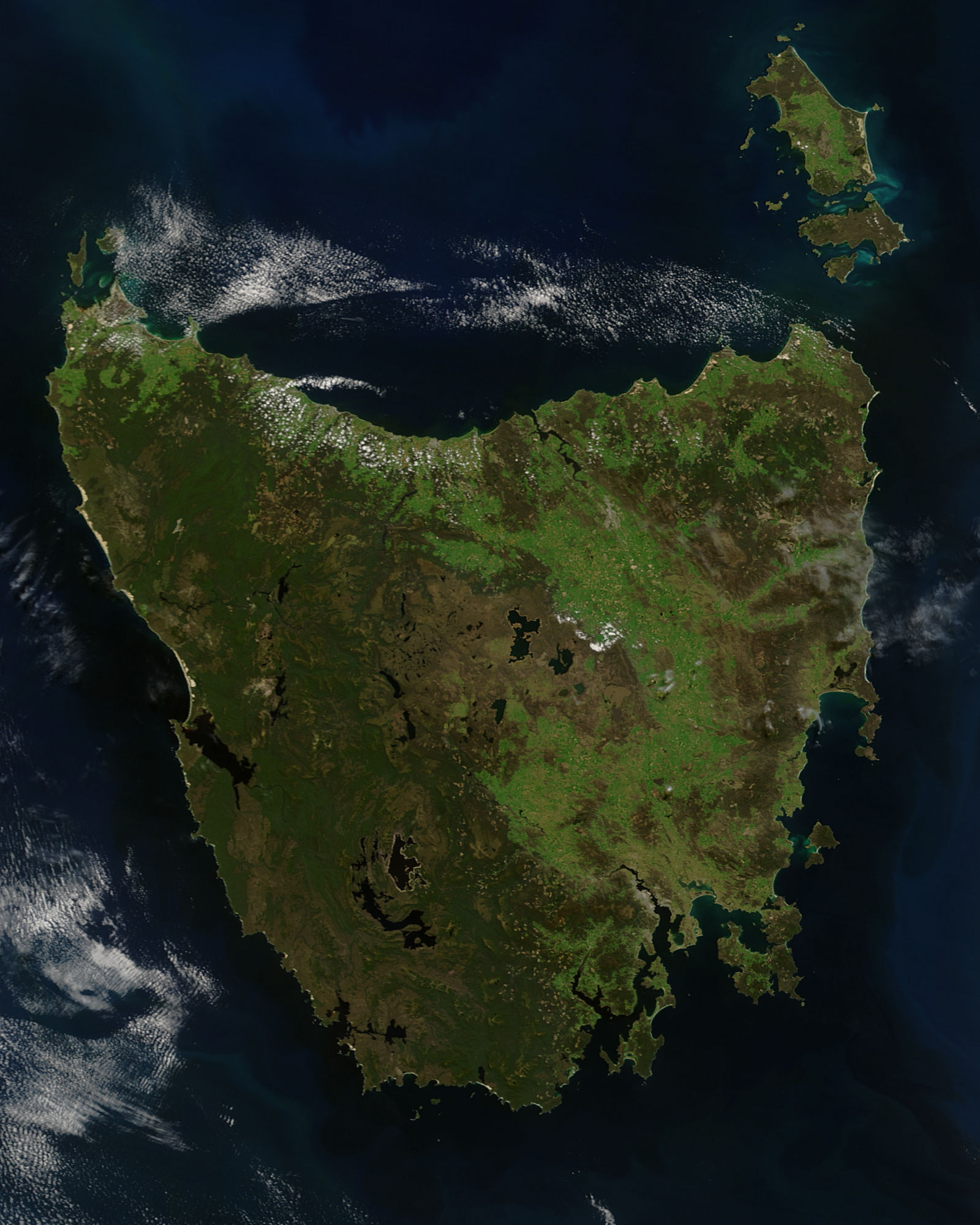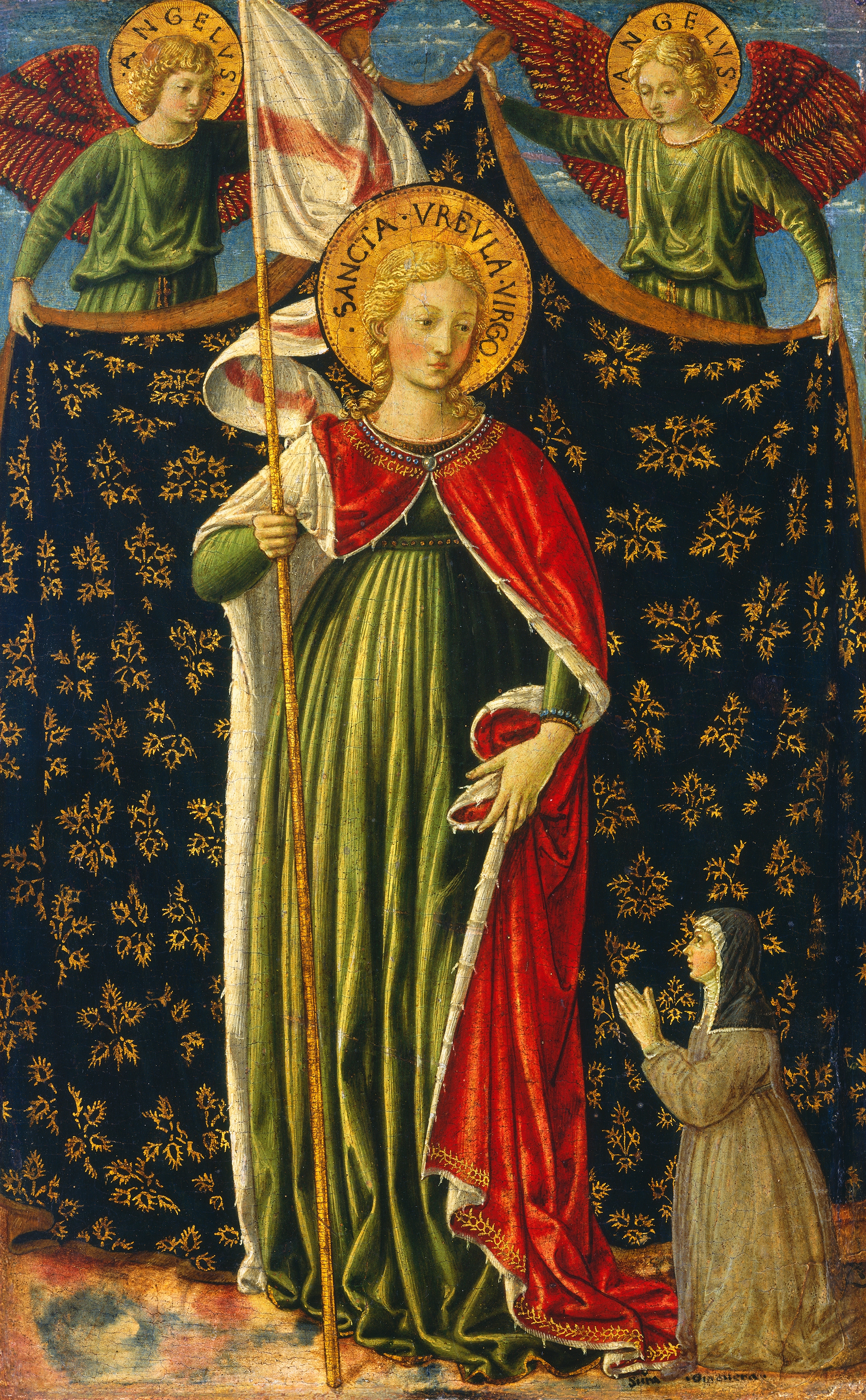|
Nano Nagle
Venerable Honora Nagle ( – 26 April 1784), known informally as Nano Nagle, was a pioneer of Roman Catholic education in Ireland despite legal prohibitions. She founded the Sisters of the Presentation of the Blessed Virgin Mary (PBVM), commonly known as the Presentation Sisters, now a worldwide Catholic institute of women religious. She was declared venerable in the Roman Catholic Church on 31 October 2013 by Pope Francis. Background Nano Nagle lived during the period when the Catholic majority in Ireland were subject to the anti-Catholic Penal Laws. The Catholic Irish were denied political, economic, social and educational rights that would have lifted them from mass poverty. The parliamentarian and philosopher, Edmund Burke, a younger cousin of Nagle who spent part of his childhood in her birthplace, described those laws: "Their declared object was to reduce the Catholics in Ireland to a miserable populace, without property, without estimation, without education." Earl ... [...More Info...] [...Related Items...] OR: [Wikipedia] [Google] [Baidu] |
Sisters Of The Presentation Of The Blessed Virgin Mary
The Presentation Sisters, officially the Sisters of the Presentation of the Blessed Virgin Mary, are a religious institute of Roman Catholic women founded in Cork, Ireland, by the Venerable Honora "Nano" Nagle in 1775. The Sisters of the congregation use the postnominal initials P.B.V.M. The Presentation Sisters' mission is to help the poor and needy around the world. Historically, the Sisters focused their energies on creating and staffing schools that would educate young people, especially young ladies. Most of these schools are still in operation and can be found across the globe. As of 2021, the Presentation Sisters are located in 24 countries: Antigua, Australia, Bolivia, Cambodia, Canada, Chile, Dominica, Ecuador, Guatemala, India, Ireland, Israel, New Zealand, Nicaragua, Pakistan, Papua New Guinea, Peru, Philippines, Slovakia, Thailand, United Kingdom, United States, Zambia, and Zimbabwe. History Beginnings Honora (Nano) Nagle (1718–1784) was born in Ballygriffi ... [...More Info...] [...Related Items...] OR: [Wikipedia] [Google] [Baidu] |
Venerable
The Venerable (''venerabilis'' in Latin) is a style, a title, or an epithet which is used in some Western Christian churches, or it is a translation of similar terms for clerics in Eastern Orthodoxy and monastics in Buddhism. Christianity Catholic In the Catholic Church, after a deceased Catholic has been declared a Servant of God by a bishop and proposed for beatification by the Pope, such a servant of God may next be declared venerable (" heroic in virtue") during the investigation and process leading to possible canonization as a saint. A declaration that a person is venerable is not a pronouncement of their presence in Heaven. The pronouncement means it is considered likely that they are in heaven, but it is possible the person could still be in purgatory. Before one is considered venerable, one must be declared by a proclamation, approved by the Pope, to have lived a life that was "heroic in virtue" (the theological virtues of faith, hope, and charity and the cardin ... [...More Info...] [...Related Items...] OR: [Wikipedia] [Google] [Baidu] |
Congregation Of Christian Brothers
The Congregation of Christian Brothers ( la, Congregatio Fratrum Christianorum; abbreviated CFC) is a worldwide religious community within the Catholic Church, founded by Blessed Edmund Rice. Their first school was opened in Waterford, Ireland, in 1802. At the time of its foundation, though much relieved from the harshest of the Penal Laws by the Parliament's Relief Acts, UK Catholics faced much discrimination throughout the newly created United Kingdom of Great Britain and Ireland pending full Catholic emancipation in 1829. This congregation is sometimes referred to as simply "the Christian Brothers", leading to confusion with the De La Salle Brothers—also known as the Christian Brothers (sometimes by Lasallian organisations themselves). As such, Rice's congregation is sometimes called the Irish Christian Brothers or the Edmund Rice Christian Brothers. History Formation of The Christian brothers At the turn of the nineteenth century, Waterford merchant Edmund Rice co ... [...More Info...] [...Related Items...] OR: [Wikipedia] [Google] [Baidu] |
Edmund Ignatius Rice
Edmund Ignatius Rice ( ga, Éamonn Iognáid Rís; 1 June 1762 – 29 August 1844) was a Catholic missionary and educationalist. He was the founder of two religious institutes of religious brothers: the Congregation of Christian Brothers and the Presentation Brothers. Rice was born in Ireland at a time when Catholics faced oppression under Penal Laws enforced by the British authorities, though reforms began in 1778 when he was a teenager. He forged a successful career in business and, after an accident that killed his wife and left his daughter disabled and with learning difficulties, thereafter devoted his life to the education of the poor. Christian Brothers and Presentation Brothers schools around the world continue to follow the traditions established by Edmund Rice (see: List of Christian Brothers schools). Early life and career Edmund Rice was born to Robert Rice and Margaret Rice (née Tierney) on the farming property of "Westcourt", in Callan, County Kilkenny. ... [...More Info...] [...Related Items...] OR: [Wikipedia] [Google] [Baidu] |
Tasmania
) , nickname = , image_map = Tasmania in Australia.svg , map_caption = Location of Tasmania in AustraliaCoordinates: , subdivision_type = Country , subdivision_name = Australia , established_title = Before federation , established_date = Colony of Tasmania , established_title2 = Federation , established_date2 = 1 January 1901 , named_for = Abel Tasman , demonym = , capital = Hobart , largest_city = capital , coordinates = , admin_center = 29 local government areas , admin_center_type = Administration , leader_title1 = Monarch , leader_name1 = Charles III , leader_title2 = Governor , leader_n ... [...More Info...] [...Related Items...] OR: [Wikipedia] [Google] [Baidu] |
San Francisco
San Francisco (; Spanish language, Spanish for "Francis of Assisi, Saint Francis"), officially the City and County of San Francisco, is the commercial, financial, and cultural center of Northern California. The city proper is the List of California cities by population, fourth most populous in California and List of United States cities by population, 17th most populous in the United States, with 815,201 residents as of 2021. It covers a land area of , at the end of the San Francisco Peninsula, making it the second most densely populated large U.S. city after New York City, and the County statistics of the United States, fifth most densely populated U.S. county, behind only four of the five New York City boroughs. Among the 91 U.S. cities proper with over 250,000 residents, San Francisco was ranked first by per capita income (at $160,749) and sixth by aggregate income as of 2021. Colloquial nicknames for San Francisco include ''SF'', ''San Fran'', ''The '', ''Frisco'', and '' ... [...More Info...] [...Related Items...] OR: [Wikipedia] [Google] [Baidu] |
Teresa Mulally
Teresa Mulally (October 1728 – 9 February 1803) was an Irish educationist, businesswoman, and philanthropist. Biography Teresa Mulally was born in Pill Lane, near Chancery Street, Dublin in October 1728. She was the only daughter of Daniel and Elizabeth Mulally. When Mulally was young her father retired from being a provisions dealer, and the family moved to Phrapper Lane. Little else is known of Mulally's early life. Her mother was the inspiration for Mulally's philanthropy, with her helping the poor in the severe winters in 1740 and 1741. She moved to live with an elderly relative for four years in Chester in the late 1740s. This relative left her a legacy of £70, and with this money Mulally set up a millinery business, with further dividends allowed her to invest further. She was a capable business women, but after the deaths of both her parents in 1762, she lost interest in the business. She then decided to devote her life to poor, supported by an annual retirement income o ... [...More Info...] [...Related Items...] OR: [Wikipedia] [Google] [Baidu] |
Irish Examiner
The ''Irish Examiner'', formerly ''The Cork Examiner'' and then ''The Examiner'', is an Irish national daily newspaper which primarily circulates in the Munster region surrounding its base in Cork, though it is available throughout the country. History 19th and early 20th centuries The paper was founded by John Francis Maguire under the title ''The Cork Examiner'' in 1841 in support of the Catholic Emancipation and tenant rights work of Daniel O'Connell. Historical copies of ''The Cork Examiner'', dating back to 1841, are available to search and view in digitised form at the Irish Newspaper Archives website and British Newspaper Archive. During the Irish War of Independence and Irish Civil War, the ''Cork Examiner'' (along with other nationalist newspapers) was subject to censorship and suppression. At the time of the Spanish Civil War, the ''Cork Examiner'' reportedly took a strongly pro-Franco tone in its coverage of the conflict. As of the early to mid-20th century, th ... [...More Info...] [...Related Items...] OR: [Wikipedia] [Google] [Baidu] |
Cork Gravestone
Cork or CORK may refer to: Materials * Cork (material), an impermeable buoyant plant product ** Cork (plug), a cylindrical or conical object used to seal a container ***Wine cork Places Ireland * Cork (city) ** Metropolitan Cork, also known as Greater Cork ** Cork Airport * County Cork Historical parliamentary constituencies * Cork City (Parliament of Ireland constituency) * Cork County (Parliament of Ireland constituency) * Cork City (UK Parliament constituency) * Cork County (UK Parliament constituency) United States * Cork, Georgia * Cork, Kentucky Organisations * Cork GAA, responsible for Gaelic games in County Cork * Ye Antient Order of Noble Corks, a masonic order, also known as "The Cork" * Cork City F.C., a football club * Cork City W.F.C., a women's football club Other uses * A particular kind of trick in snowboarding and skiing. See List of snowboard tricks. * Cork (surname) * Cork City (barony) * Cork encoding, a digital data format * Cork taint, a wine fault * C ... [...More Info...] [...Related Items...] OR: [Wikipedia] [Google] [Baidu] |
Petites écoles De Port-Royal
The Petites écoles de Port-Royal was the name given to a teaching system set up in 1637 by the intellectuals who gathered at Port-Royal-des-Champs in the middle of the 17th century at the height of the Jansenist controversy. They functioned from 1637 to 1660. Origin The monastery of Port-Royal-des-Champs was more or less abandoned in favour of that in Paris (for health reasons - the site was malarial) when in 1637 Jean Duvergier de Hauranne, abbot of Saint-Cyran, decided to set up a school for 30 children here, headed by his friend, the priest Antoine Singlin. This school shared the building with the ''Solitaires'', intellectuals or politicians who had decided to go into retreat to perfect their spiritual life, many of whom taught at the school. Its teachers' intellectual calibre made Petites écoles de Port-Royal a place of intellectual excellence, but also of experimentation in teaching methods (based on French and not Latin and thus revolutionary for the time) and in normal ... [...More Info...] [...Related Items...] OR: [Wikipedia] [Google] [Baidu] |
Ursulines
The Ursulines, also known as the Order of Saint Ursula ( post-nominals: OSU), is an enclosed religious order of consecrated women that branched off from the Angelines, also known as the Company of Saint Ursula, in 1572. Like the Angelines, they trace their origins to their foundress Saint Angela Merici and place themselves under the patronage of Saint Ursula. While the Ursulines took up a monastic way of life under the Rule of Saint Augustine, the Angelines operate as a secular institute. The largest group within the Ursulines is the Ursulines of the Roman Union. History In 1572 in Milan, under Saint Charles Borromeo, the Archbishop of Milan, members of the Company of Saint Ursula chose to become an enclosed religious order. Pope Gregory XIII placed them under the Rule of Saint Augustine. Especially in France, groups of the company began to re-shape themselves as cloistered nuns, under solemn vows, and dedicated to the education of girls within the walls of their monaste ... [...More Info...] [...Related Items...] OR: [Wikipedia] [Google] [Baidu] |



.jpg)
